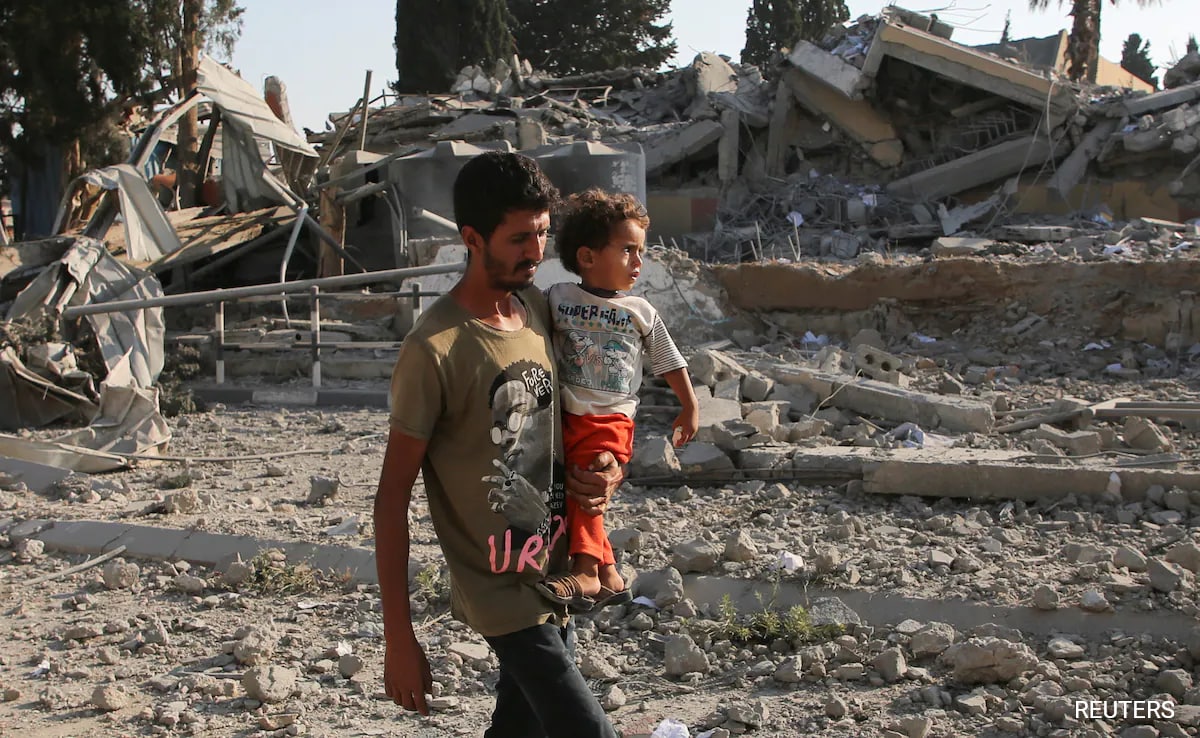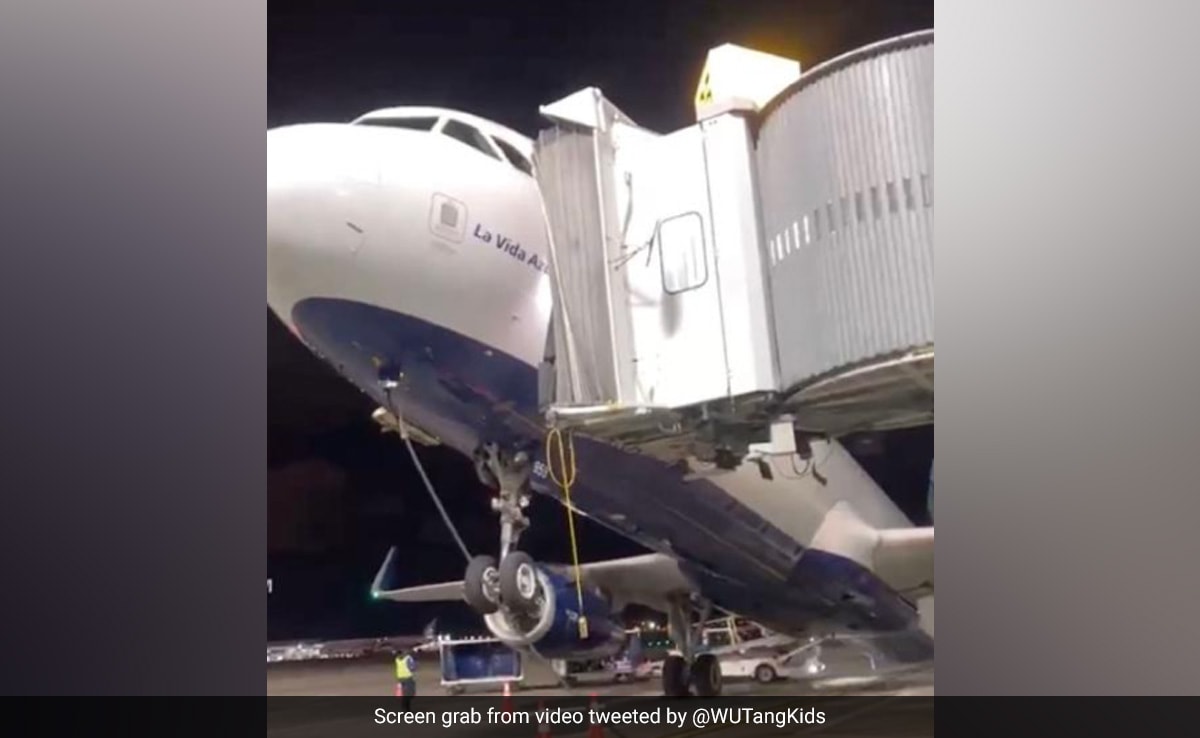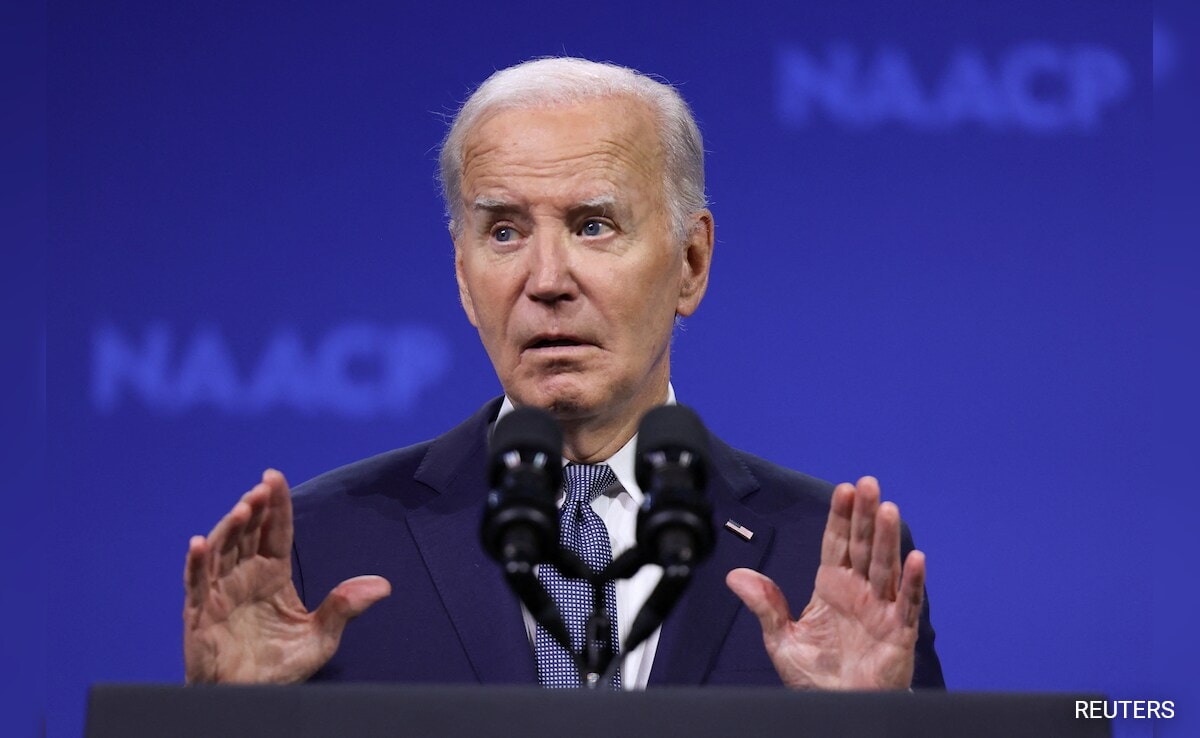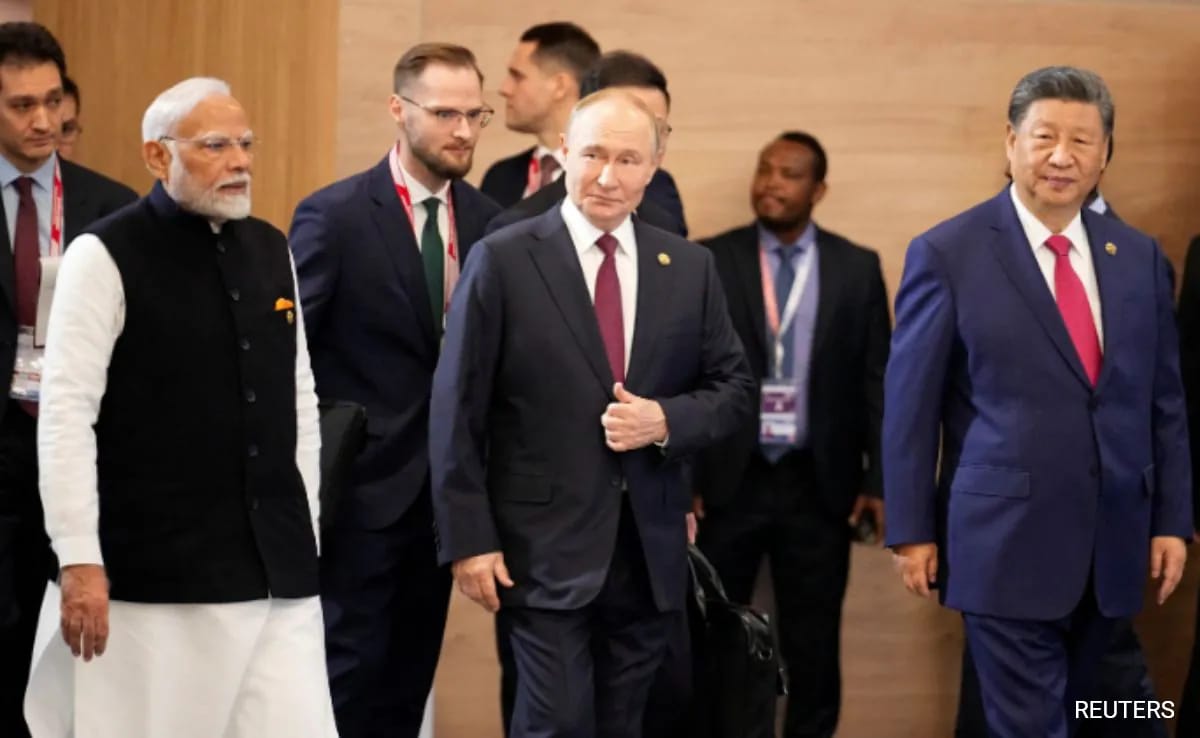From “no loans but grants only,” Nepal finally settled for “aid assistance financing” as Nepali and Chinese officials on Wednesday inked a Belt and Road Initiative (BRI) cooperation framework deal in Beijing during Prime Minister K.P Sharma Oli’s four-day visit to China.
The signing paves the way for advancing Chinese investment and cooperation in Nepal under the BRI, to which Kathmandu signed up for in 2017.
In the days leading up to Mr. Oli’s visit to the north, there was a debate about whether Mr. Oli should sign the BRI implementation plan, a proposal Beijing had sent in 2020. A rigid stance by his coalition partner, the Nepali Congress (NC), against loans, had led to formation of a task force to revise the Chinese proposal.
Nepal subsequently revised the “BRI implementation plan” to “Framework for BRI Cooperation” emphasising “grant financing cooperation” and sent the proposal to the Chinese side for a review.
Officials said the Chinese initially sought to replace “grant financing” with “assistance financing”, but after further negotiations, the two sides agreed on “aid assistance financing”, leading to the inking of the deal.
A step forward
As many as 10 projects have been listed under “aid assistance financing”, which are related to trade, infrastructure, connectivity, technology and cultural exchange.
“This deal is significant in two ways. First, it provides fresh momentum to Nepal-China cooperation under the BRI, seven years after Nepal signed up for the initiative,” said Pradeep Gyawali, a former Foreign Minister and Deputy General Secretary of the Communist Party of Nepal (Unified Marxist-Leninist), or the CPN-UML. “Second, for the first time, two major parties have made a common position on Nepal’s foreign policy conduct. This sets the foundation for providing a certain direction to our foreign policy.”
Mr. Oli and his CPN-UML and the NC held differing views on how to approach the BRI. The NC feared embracing the BRI without addressing Nepal’s concerns could increase debt burdens and amplify Chinese influence. The CPN-UML, however, argued that there was nothing wrong in pursuing loans.
“The fear was unwarranted. Nonetheless, signing BRI now with some revisions by incorporating the concerns of all the stakeholders is undoubtedly a step forward,” said Mr. Gyawali. “The ‘only grant’ position [by the NC] was flawed, and that it has been corrected reflects Nepal’s two ruling parties are now aligned.”
Devil is in details
Analysts say the signing indicates that ground has been set to get the BRI ball rolling in Nepal, but since specifics are unclear, one has to wait to see how things unfold.
“The devil lies in the details,” said Chandra Dev Bhatta, a political scientist. “We don’t know yet what ‘aid financing’ entails. The common understanding is it could encompass both grants and loans and as described by Nepali officials, it could mean concessional loans.”
Nepal has traditionally received concessional loans from multilateral agencies like the World Bank and Asian Development Bank and other bilateral development partners, with interest rates under 2% and payback periods up to 40 years.
“What we can infer from the deal also is that the Chinese cooperation can be sought on a project-by-project basis, and depending on the project, financing could involve grants or concessional loans,” said Mr. Bhatta. “In that sense, the deal can be dubbed a positive development in terms of investment, cooperation and Nepal-China ties.”
Even though China has promoted the BRI as an investment tool to enhance connectivity across Asia, Europe, and Africa, it does not typically involve grants.
According to Mr. Bhatta, revising the Nepal-proposed document to include “aid” can be seen as more of a success for China. Beijing had increasingly upped pressure on Nepal to move the BRI forward, especially after Nepal’s Parliament ratified the Millennium Challenge Corporation, a $500 million American grant, in 2022.
“It’s now up to Nepal to follow up on the deal,” he said. “Implementation will be crucial. Nepal has a history of signing agreements without consistent follow-through.”
Relief for Oli
Mr. Oli’s decision to visit China on his first bilateral trip—breaking the tradition of Nepali Prime Ministers visiting New Delhi first—with the BRI high on the agenda had raised the stakes. He risked upsetting his coalition partner, the NC and India, historically Nepal’s closest ally. In a bid to assuage the NC’s concerns, Mr. Oli last week said that he would not sign any loan agreements in Beijing.
Observers say by securing the BRI cooperation with the NC on board, Mr. Oli managed to save the coalition, and by extension, keep his position secured. Upon his return from China on Thursday, Mr. Oli stated that he would lead the government for 18 more months before handing over power to NC President Sher Bahadur Deuba, as per the agreement reached in July.
He also said that no loan-related agreements have been signed with China. “We have discussed different projects under the BRI and separate agreements will be signed for each project,” he said. “This has nothing to do with loans.”
In response to media queries about his visit to India, Mr. Oli said, “Now, arrangements will be made soon.”
Mr. Bhatta said, geopolitically, the BRI signing is unlikely to attract significant criticism from India or the United States. “The agreement signed on Wednesday, by and large, is continuation of the 2017 framework,” he said.
During his visit, Mr. Oli met with his Chinese counterpart Li Qiang and held talks with President Xi Jinping on Tuesday.
According to Chinese state media, during his meeting with Mr. Oli, Mr. Xi reiterated that “China is ready to help Nepal accelerate its transformation from a ‘land-locked country’ to a ‘land-linked country’…continue to support Nepal’s economic and social development within its capacity.”
Nepal, however, has not been able to translate the northern goodwill into practical cooperation. A transit deal signed with China in 2016 during Mr. Oli’s previous tenure, aimed at reducing Nepal’s over-reliance on India, has failed to yield tangible results.
India continues to be Nepal’s largest trading partner: it accounted for nearly 65% of Nepal’s trade in the 2023-24 fiscal year, while China’s share stood at just over 15%.
Analysts say growing signs of thawing relations between India and China could reduce regional tensions, from which Nepal stands to benefit significantly.
There, however, are concerns that BRI signing may not sit well with India, as it is widely perceived that Mr. Oli decided to make Beijing his first port of call after failing to secure an invitation from New Delhi, given his strained ties with the southern neighbour.
But Mr. Gyawali played down these perceptions.
“We need to be able to convey the message that Nepal, as a sovereign nation, is free to conduct its foreign policy without any external influence,” said Mr. Gyawali. “In the meantime, we must ensure that our bilateral relations do not harm the interest of our friendly nations.”
Published – December 05, 2024 11:04 pm IST











